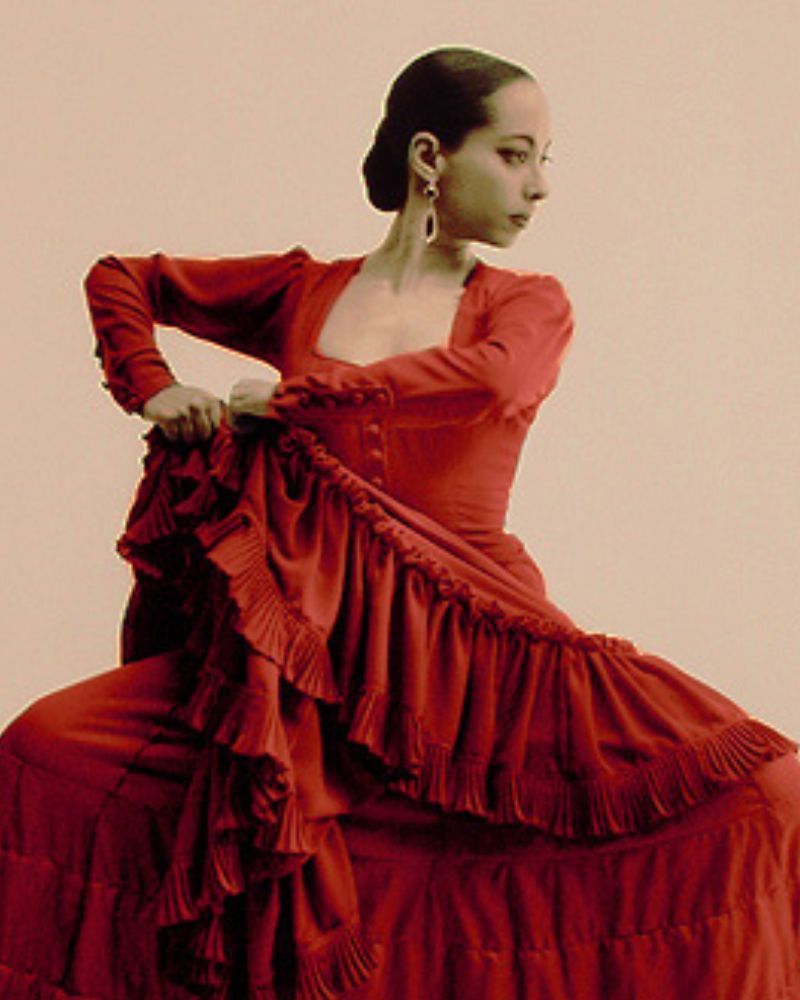Salsa: The Dance of Passion, Unity, and Cultural Fusion

Salsa, a lively and infectious dance form, has become synonymous with passion, rhythm, and unity. With its roots deeply embedded in Latin American culture, salsa is not just a dance; it is a reflection of the cultural and historical journey of various peoples, combining African, European, and indigenous influences. Over the decades, it has grown into a global phenomenon, becoming a symbol of celebration, joy, and cultural expression. Salsa’s cultural importance extends far beyond the dance floor; it serves as a medium for communities to share their stories, celebrate their heritage, and connect with others through movement.
Origins and Fusion of Cultures
Salsa originated in the Caribbean, primarily in Cuba, during the early 20th century. It evolved from Afro-Cuban dance styles such as son, mambo, and danzón, blended with elements from jazz, Puerto Rican and Dominican rhythms, and other Latin American music forms. The term “salsa,” which means "sauce" in Spanish, was coined in the 1960s to describe the "spicy" and dynamic mixture of these various dance and music styles. The vibrant energy of salsa encapsulated the diverse cultural influences of the region, creating a unique and powerful expression of community and identity.
The Cuban and Puerto Rican diaspora played a key role in the spread of salsa, particularly in New York City, where it gained global popularity in the 1960s and 1970s. Salsa’s fusion of African, European, and indigenous rhythms symbolized the blending of different cultures, making it an important cultural phenomenon for Latin communities around the world.
Cultural Significance and Unity
Salsa has long been more than just a social dance; it is a vital expression of cultural pride and a way for individuals and communities to connect with their shared heritage. In countries such as Cuba, Puerto Rico, and Colombia, salsa is more than an entertainment form; it is a reflection of the resilience, creativity, and joy of the people. It is often performed during major cultural celebrations, festivals, and community gatherings, making it a central part of social life.
The dance's rhythm and movement represent the pulse of Latin American communities. For many, salsa is an outlet for emotional expression, where dancers use their bodies to convey joy, longing, and passion. Whether at a family gathering, a street party, or a formal event, salsa creates a space where people of all backgrounds come together to celebrate life and unity through movement.
Salsa as a Cultural Connector
Beyond its regional roots, salsa has grown into a global cultural connector. It has transcended geographical boundaries, inviting people from diverse backgrounds to join in its infectious rhythm. Salsa classes, festivals, and social events are held all over the world, from Tokyo to London, fostering a sense of global community. The dance form’s universal appeal lies in its accessibility and the shared joy it brings to dancers, regardless of their nationality, language, or culture.
Salsa dancing is known for its improvisational nature, where lead and follow roles are in constant communication, and movements are expressed through individual style. This exchange of energy and creativity reinforces the importance of collaboration and shared cultural experiences. As salsa continues to gain popularity worldwide, it represents the idea that cultural differences can be celebrated and embraced through a common love of rhythm and dance.
Modern-Day Salsa and Cultural Identity
In the contemporary world, salsa continues to evolve. Various styles, including LA salsa, New York salsa, Cuban salsa, and Colombian salsa, have emerged, each with its own unique flair and regional influence. However, at its core, salsa remains deeply connected to its roots in Latin American culture, serving as an expression of community, resistance, and resilience.
For many people within the Latinx communities, salsa is a vital part of cultural identity. It provides a platform for self-expression and a reminder of the importance of heritage. In a world increasingly shaped by globalization, salsa allows people to maintain strong ties to their roots while simultaneously embracing diverse influences and fostering cross-cultural dialogue.
Salsa is far more than just a dance; it is a cultural celebration that embodies the joy, unity, and vitality of Latin American communities. It is an ever-evolving art form that has successfully transcended national borders, creating a global cultural movement. Salsa’s cultural significance lies in its ability to bring people together, celebrate heritage, and bridge divides through the universal language of rhythm and movement. Whether in the streets of Havana, the clubs of New York, or the dance studios of Tokyo, salsa continues to be a powerful symbol of cultural pride, passion, and connection.